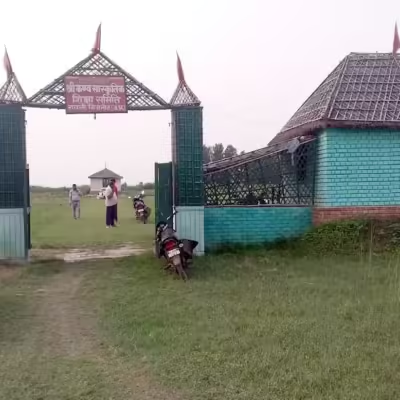Kanvasharam
Destination Detail
Kanvasharam, located in Bijnor district of Uttar Pradesh, India, is a significant historical and cultural site. It is associated with the ancient sage Kanva and holds importance in Indian mythology and history. Here’s an overview of Kanvasharam:
Historical and Cultural Significance
- Association with Sage Kanva: Kanvasharam is believed to be the hermitage of the ancient sage Kanva, a revered figure in Hindu scriptures. Sage Kanva is known for his association with the epic Mahabharata and for being the mentor of the legendary Bharadwaj family.
- Mythological Importance: The site is mentioned in various ancient texts and is considered a place of spiritual and historical significance. It is linked to several mythological stories and is regarded as a pilgrimage site.
Location and Accessibility
- Location: Kanvasharam is situated near the town of Najibabad in Bijnor district, Uttar Pradesh. It is located in a rural area, contributing to its serene and historical atmosphere.
- Accessibility:
- By Road: Najibabad is well-connected by road to major cities like Delhi, Meerut, and Haridwar. From Najibabad, local transportation can take you to Kanvasharam.
- By Rail: Najibabad Railway Station is the nearest major railway station. From there, you can hire a taxi or take a local bus to Kanvasharam.
- By Air: The nearest major airport is in Delhi, approximately 150 km away. From Delhi, you can drive or take public transport to reach Najibabad and then Kanvasharam.
Attractions and Activities
- Historical Exploration: Visit Kanvasharam to explore its historical and cultural heritage. The site offers insights into ancient Indian history and mythology.
- Pilgrimage: Kanvasharam is a place of pilgrimage for devotees interested in the spiritual and historical aspects associated with Sage Kanva.
- Photography and Scenic Views: The tranquil environment and rural setting around Kanvasharam provide opportunities for photography and capturing the natural beauty of the area.
Best Time to Visit
- Season: The best time to visit Kanvasharam is from October to March, when the weather is cooler and more comfortable for outdoor activities.
- Avoiding Monsoon: The monsoon season (June to September) may bring heavy rains, making travel difficult, so it’s advisable to plan your visit outside this period.
Regulations and Guidelines
- Respect for the Site: As a site of historical and spiritual significance, visitors should show respect and follow any local guidelines or rules.
- Environmental Care: Maintain cleanliness around the site and follow any instructions from local authorities or caretakers. Avoid littering and respect the natural surroundings.

